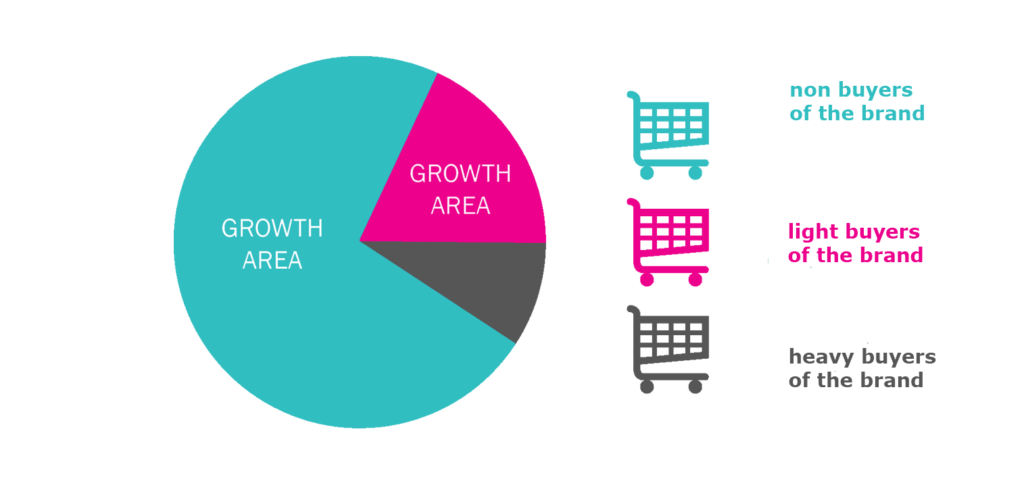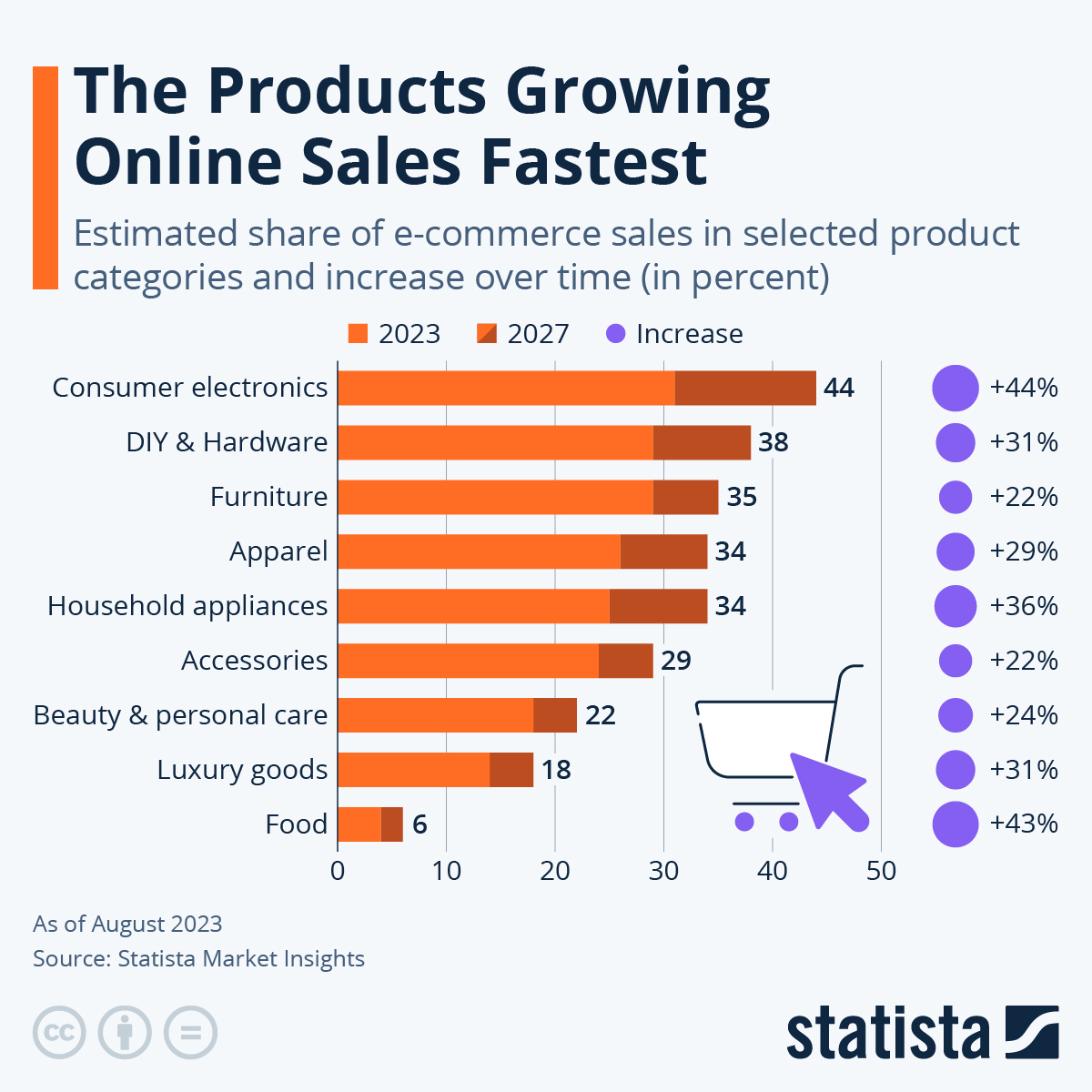

Again, definitely exercise a lot of caution in taking the suggestions within to heart. Not only that, but he keeps oscillating between how the data is viewed and interpreted in order to force fit it into his theory, such as: - Switching between percentages and means and comparing the two - Comparing one statistic from a category to another analogous statistic from a completely different category (versus an 'apples to apples' comparison within a category) - Subtly switching between an isolated data point (correlation) and a conclusion (causation), without there actually being an "empirical" link - Reaching back to ancient datasets (if you look at the reference material, it toggles back and forth between the 1980's and mid-2000's) scraping for some numbers that can "empirically" fit his theories It was infuriating to listen to as a professional who has seen the data AND the implications of proper research, insights, and brand strategy. "Thus, the Law of Inevitable Buyer Promiscuity").

"this MIGHT be due to the fact that consumers see no difference between brands' positioning") 3) Translate #1 and #2 into a "Law" (e.g. classifying someone as "not loyal" to a brand if they deviate from it even once, instead of looking at, for instance, people that consume a brand consistently 90% of the time) 2) Make a sweeping suggestive claim about why (e.g.

The pattern is as such: 1) Use data to force an extreme classification (e.g. I have spent almost 15 years working in a professional capacity with many of the brands cited within and have run well over a hundred research studies - and the author is incredibly manipulative with the way his conclusions are "empirically" drawn. Take extreme caution before buying into any of these theories.

This book is absolutely riddled with data slight of hand techniques.


 0 kommentar(er)
0 kommentar(er)
